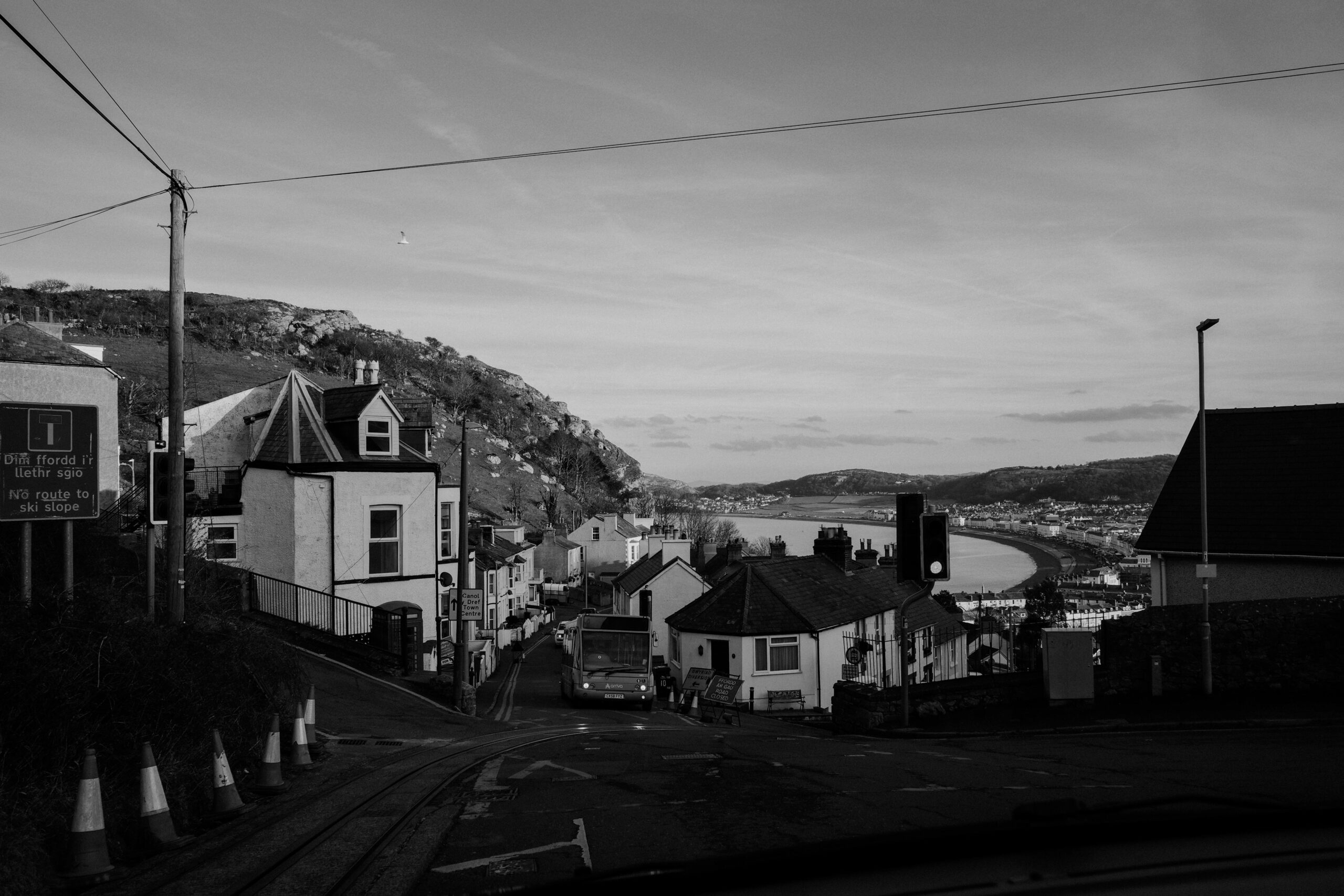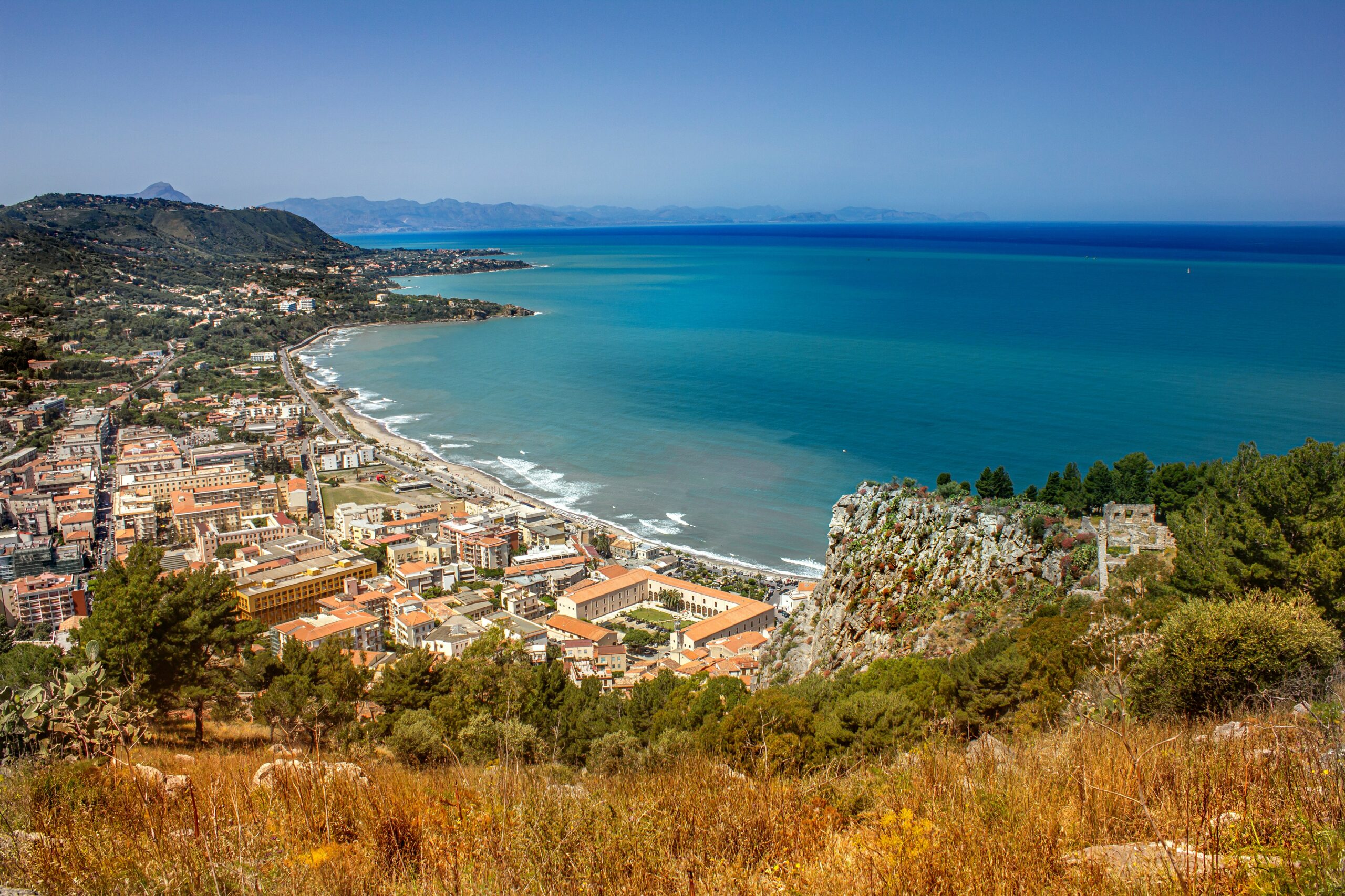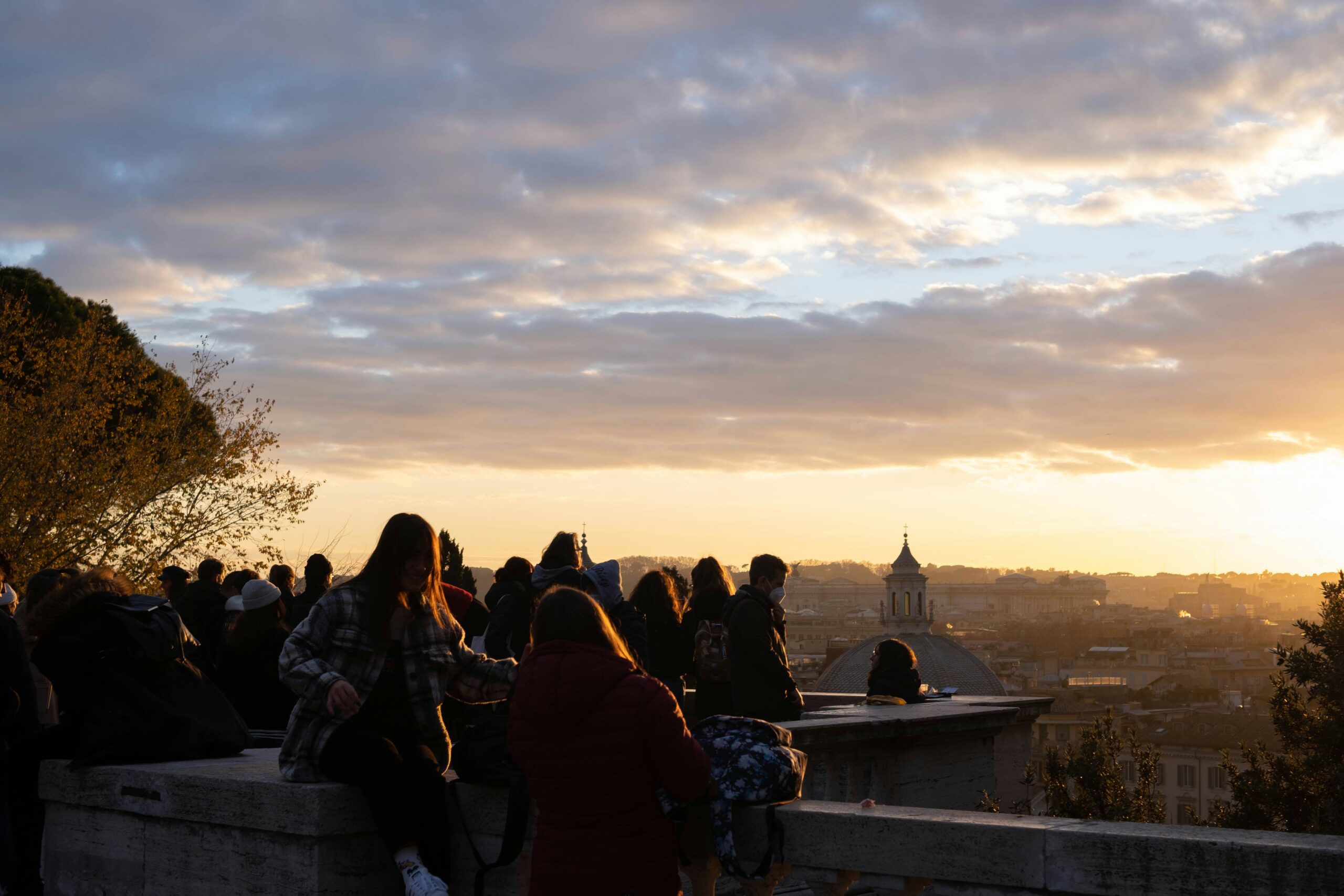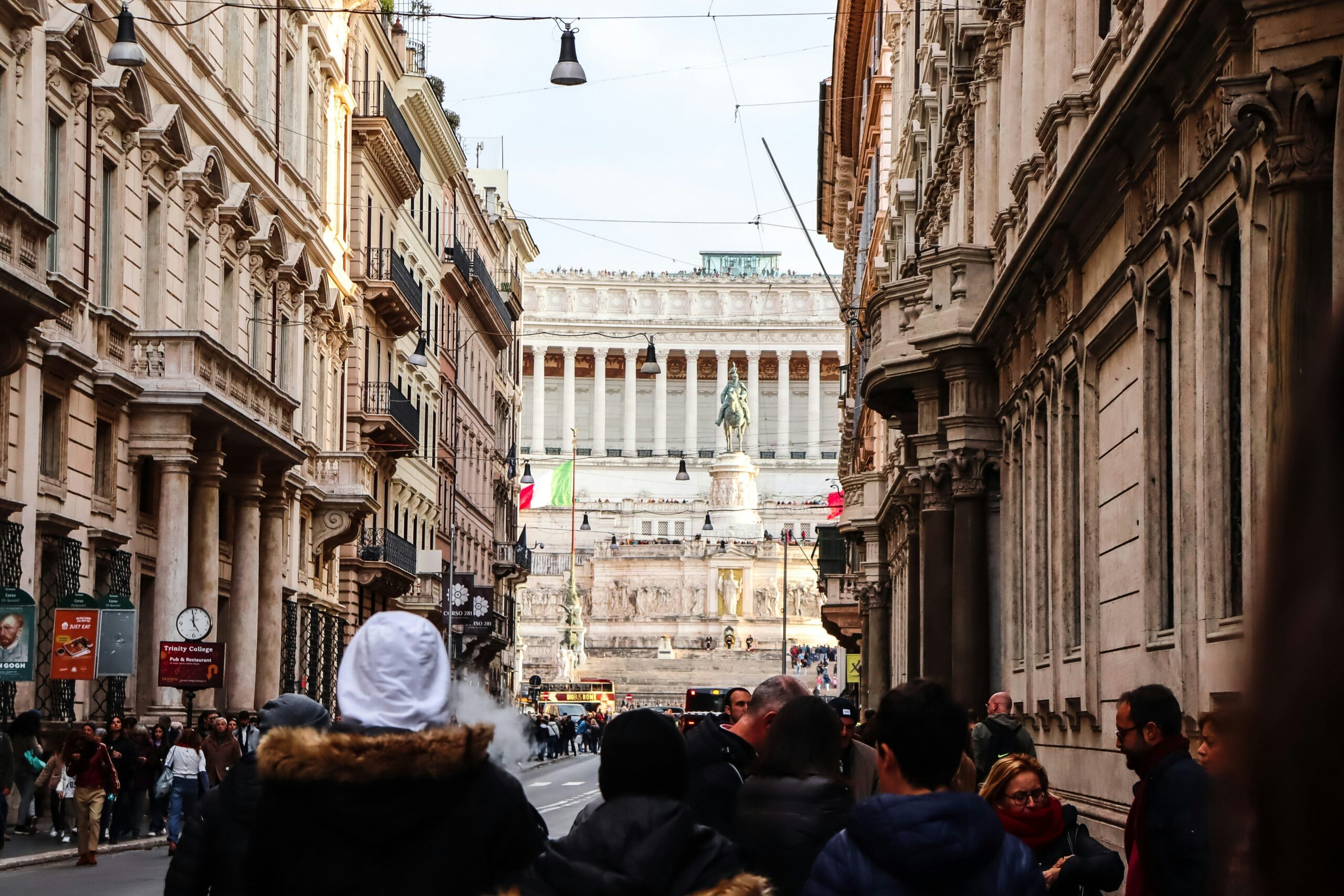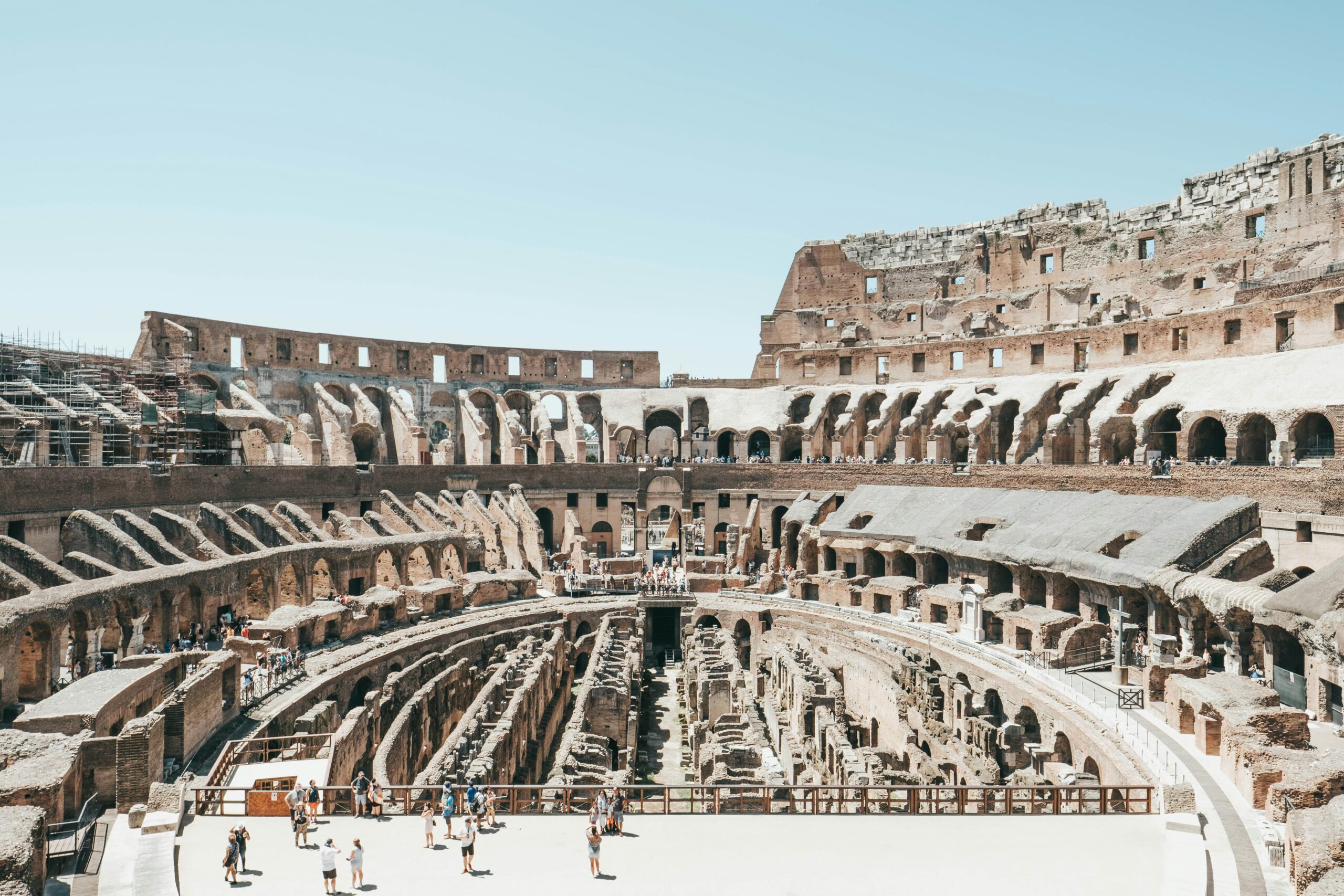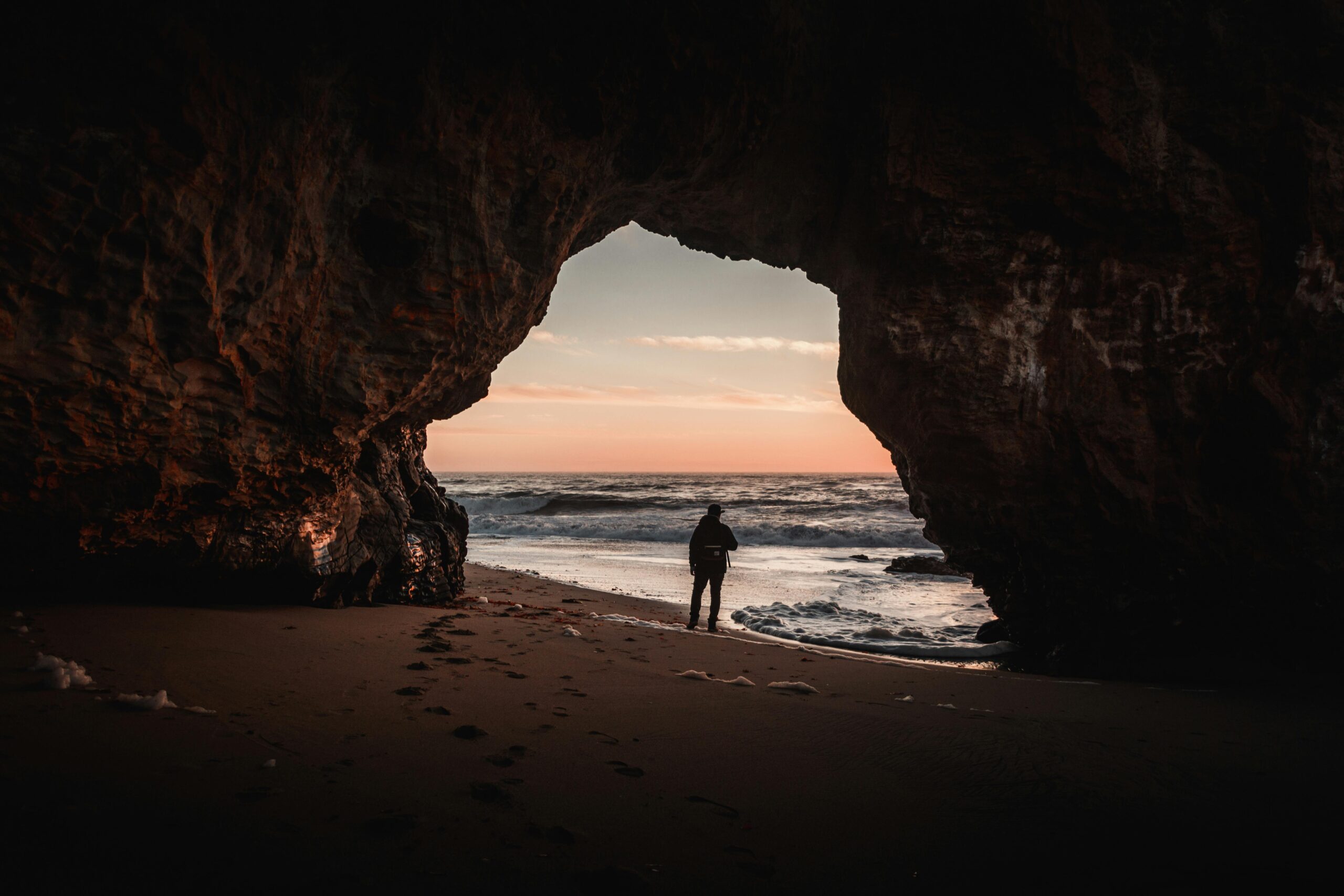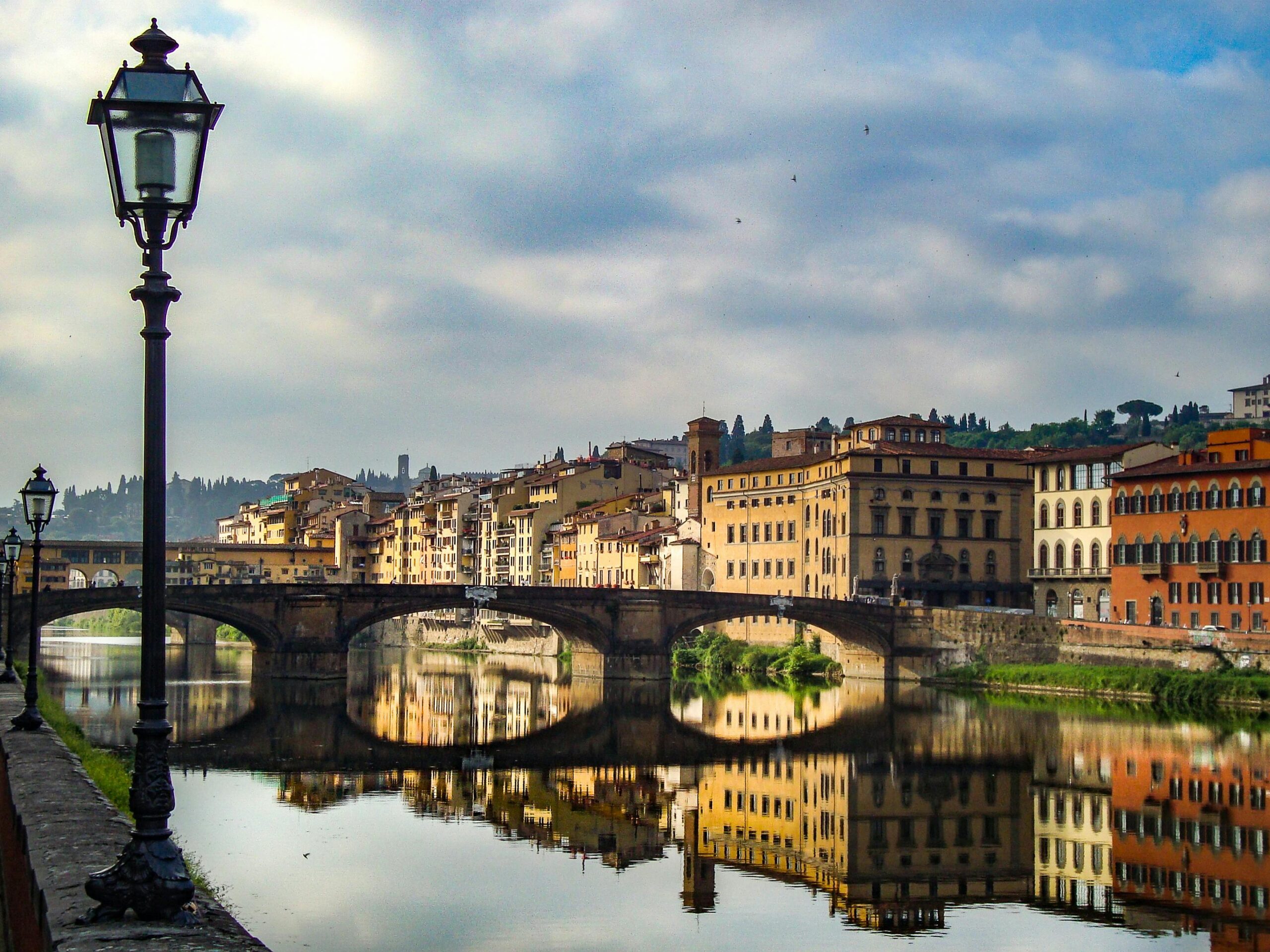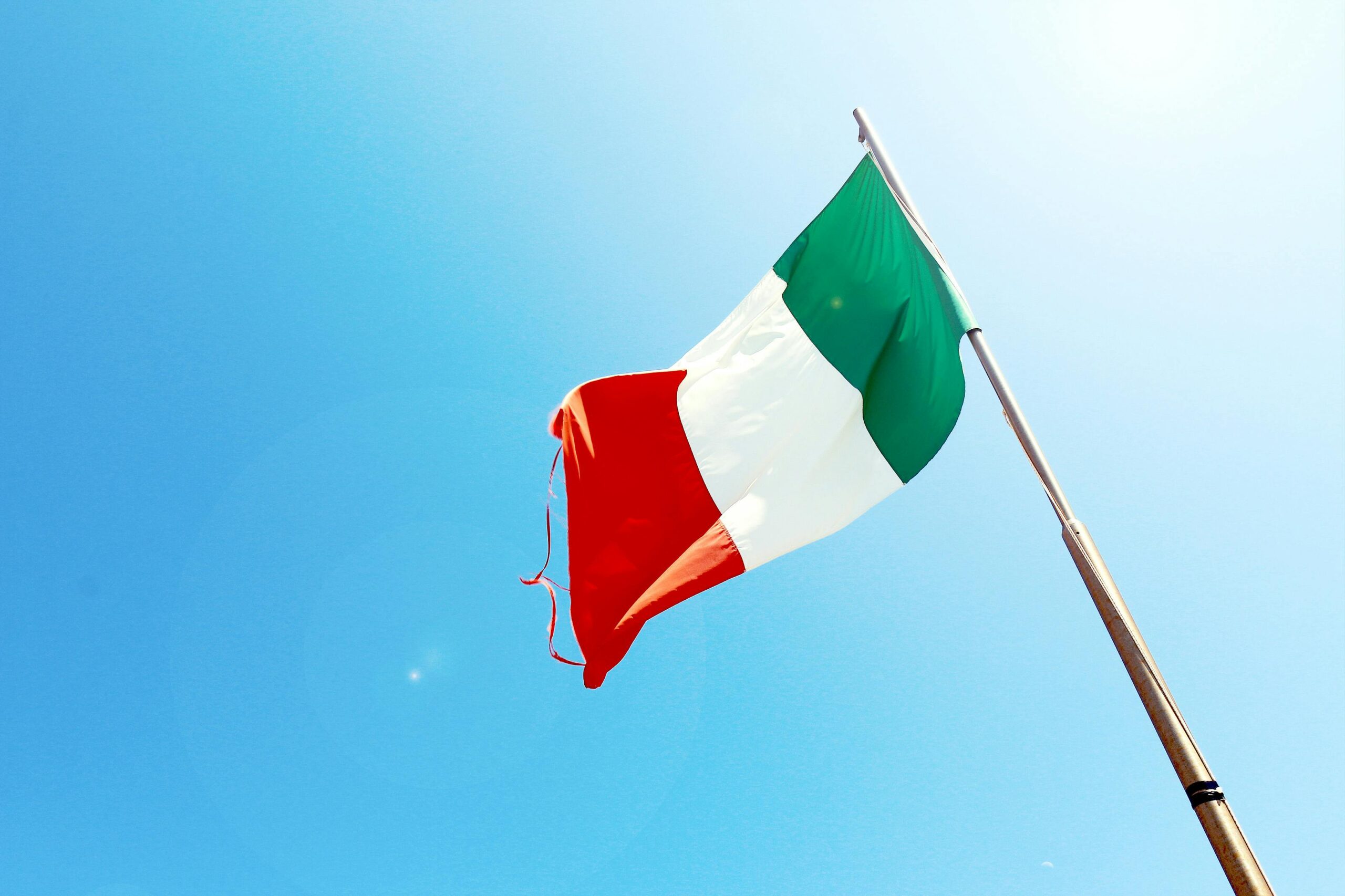Exploring Italy's Hiking Paradises | A Journey Through Trails, Food, and History
Exploring Italy’s Hiking Paradises | A Journey Through Trails, Food, and History
Italy is a treasure trove of natural beauty, cultural richness, and culinary delights. Beyond its iconic cities and historic landmarks, the country’s varied landscapes offer some of the most breathtaking hiking experiences in the world. Whether you’re a seasoned hiker, a history enthusiast, a food lover, or simply a curious traveler, Italy’s hiking trails promise a unique blend of adventure, heritage, and gastronomy.
Why Hike in Italy?
Italy’s geographic diversity means there’s something for everyone—from the rugged peaks of the Dolomites to the sun-drenched coastal paths of Cinque Terre. Along the way, you’ll encounter ancient ruins, picturesque villages, and local cuisines that make every step worthwhile. Here are some compelling reasons to lace up your boots:
- Spectacular Scenery: From alpine meadows to volcanic craters, Italy’s landscapes are as varied as they are stunning. Each region has its own unique charm, offering hikers the opportunity to experience everything from snow-capped mountains to Mediterranean coastlines.
- Cultural Immersion: Many trails pass through historic towns and villages, offering glimpses of Italy’s rich history and traditions. These routes often align with ancient pilgrim paths or trade routes that have been traversed for centuries.
- Gastronomic Delights: Italian regions are famous for their unique dishes. Imagine enjoying fresh pesto in Liguria, hearty polenta in the Alps, or traditional Sicilian pastries after a day’s hike. Hiking in Italy is as much a culinary journey as it is a physical one.
- Accessible Trails: With options for all skill levels, from beginner-friendly paths to challenging climbs, hiking in Italy is an inclusive activity. Many trails are well-marked and maintained, making them suitable for solo travelers and families alike.
Top Hiking Regions in Italy
- The Dolomites (Northern Italy)
The Dolomites, a UNESCO World Heritage Site, are a haven for outdoor enthusiasts. Located in northeastern Italy, these jagged limestone peaks offer a mix of alpine trails, scenic vistas, and unique geological formations.
Highlights:
- Alta Via Routes: Multi-day treks like Alta Via 1 and Alta Via 2 take you through breathtaking valleys, serene alpine meadows, and dramatic mountain passes. These routes often include overnight stays in rifugi (mountain huts), where you can enjoy hearty local meals and stunning sunsets.
- Seceda Ridge: A relatively short hike with panoramic views of lush valleys and distant peaks. This trail is ideal for photography lovers and those looking for a moderate day hike.
- Tre Cime di Lavaredo: These iconic peaks are a must-see for any hiker. The loop trail around Tre Cime offers varied terrain and unparalleled views of the Dolomites’ rugged beauty.
Food Tip: The Dolomites are a culinary crossroads of Italian and Austrian influences. Don’t miss the local specialties such as speck (cured ham), knödel (dumplings), and apple strudel. Pair your meal with a glass of local Lagrein or Gewürztraminer wine.
- Cinque Terre (Liguria)
The five colorful villages of Cinque Terre—Monterosso, Vernazza, Corniglia, Manarola, and Riomaggiore—are linked by a network of coastal trails. This region combines dramatic seascapes with quaint charm, offering an unforgettable hiking experience.
Highlights:
- Sentiero Azzurro (Blue Trail): This popular and relatively easy hike connects all five villages. The trail offers breathtaking views of the Ligurian Sea and is ideal for first-time visitors.
- High Trails: For a quieter experience, try the higher trails like the Sentiero Rosso. These paths are less crowded and offer expansive views of the coastline and surrounding hills.
- Via dell’Amore (Path of Love): A short and romantic trail between Riomaggiore and Manarola, perfect for couples.
Food Tip: Liguria is the birthplace of pesto alla Genovese, a fragrant basil-based sauce that pairs perfectly with trofie pasta. Other local treats include farinata (chickpea pancake) and focaccia. Complement your meal with a glass of crisp local white wine, such as Vermentino.
- Tuscany
Tuscany’s rolling hills and cypress-lined roads are synonymous with idyllic landscapes. While the region is famous for its art and wine, it also boasts fantastic hiking opportunities that blend natural beauty with cultural exploration.
Highlights:
- Via Francigena: This historic pilgrimage route stretches from Canterbury to Rome, passing through Tuscany’s medieval towns like San Gimignano and Siena. The Tuscan section is particularly scenic, offering a mix of vineyards, olive groves, and ancient architecture.
- Monte Amiata: A dormant volcanic peak in southern Tuscany, Monte Amiata offers shaded trails through chestnut forests and panoramic views of the surrounding countryside.
- Val d’Orcia: A UNESCO World Heritage Site, this area is a paradise for photographers and hikers alike. Trails here lead you through quintessential Tuscan landscapes of golden fields, rolling hills, and charming villages like Pienza.
Food Tip: Tuscany’s cuisine is rustic and flavorful. After a long hike, indulge in ribollita (a hearty vegetable and bread soup) or pappardelle al cinghiale (wild boar pasta). Pair these dishes with a robust Chianti or Brunello di Montalcino wine.
- Amalfi Coast (Campania)
The Amalfi Coast’s dramatic cliffs and azure waters make it one of Italy’s most picturesque destinations. Hiking here combines natural beauty with historical intrigue, as many trails follow ancient trade routes.
Highlights:
- Path of the Gods (Sentiero degli Dei): A legendary trail offering jaw-dropping views of the coastline and Capri. This moderate hike is suitable for most skill levels and provides ample opportunities for stunning photos.
- Valle delle Ferriere: A lush, lesser-known hike through waterfalls, ancient ruins, and lemon groves. This trail offers a peaceful escape from the bustling coastal towns.
Food Tip: Campania is known for its vibrant flavors. Treat yourself to spaghetti alle vongole (clams) or melanzane alla parmigiana (eggplant Parmesan). Don’t forget to try a slice of limoncello-soaked lemon cake or a refreshing granita.
- Sicily
Italy’s largest island is a land of contrasts, featuring everything from sandy beaches to active volcanoes. Sicily’s hiking trails are steeped in history, mythology, and dramatic landscapes.
Highlights:
- Mount Etna: Europe’s highest active volcano offers diverse trails, from easy walks around its craters to challenging climbs to its summit. Guided tours provide insights into the geological and cultural significance of the volcano.
- Zingaro Nature Reserve: A coastal gem with crystal-clear waters, hidden coves, and trails suitable for all skill levels. This reserve is a haven for birdwatchers and nature lovers.
- Madonie Mountains: This lesser-known area offers serene hikes through ancient forests and picturesque villages.
Food Tip: Sicilian cuisine is legendary for its bold flavors. Try arancini (stuffed rice balls), pasta alla Norma (with eggplant and ricotta), and cannoli (crispy pastry filled with sweet ricotta).
- Umbria
Often called the “Green Heart of Italy,” Umbria is a quieter alternative to Tuscany, with verdant hills, mystical charm, and a strong connection to Italy’s spiritual heritage.
Highlights:
- Monte Subasio: Home to the spiritual town of Assisi, this area offers serene trails and sweeping views. The St. Francis Way is a popular route for those seeking reflection and natural beauty.
- Lake Trasimeno: A peaceful spot for lakeside hikes, birdwatching, and exploring small fishing villages.
- Sibillini Mountains: This national park features dramatic peaks, flower-filled meadows, and opportunities for wildlife spotting.
Food Tip: Umbria is famous for its black truffles, which are often featured in pasta dishes and risottos. Other highlights include porchetta (roast pork) and lentils from Castelluccio. Pair your meal with a glass of Sagrantino di Montefalco wine.
Practical Tips for Hiking in Italy
- Best Time to Visit: Spring (April-June) and fall (September-October) offer mild weather, blooming landscapes, and fewer crowds.
- Gear Up: Wear sturdy hiking boots and carry essentials like water, snacks, sunscreen, and a map or GPS device.
- Respect Local Customs: Many trails pass through private lands and religious sites. Always be respectful and follow posted guidelines.
- Stay Safe: Check weather conditions and trail difficulty levels before setting out. Some regions, like the Dolomites, can experience sudden changes in weather.
- Plan for Meals: Italy’s regional cuisines are an integral part of the hiking experience. Plan stops to enjoy local specialties and replenish your energy.
The Perfect Blend of Adventure, Culture, and Cuisine
Hiking in Italy is more than just a physical activity; it’s a journey through centuries of history, art, and culinary excellence. Whether you’re exploring the rugged Dolomites, the rolling hills of Tuscany, or the volcanic trails of Sicily, every step brings new discoveries and delights. So pack your bags, put on your hiking boots, and get ready to immerse yourself in the heart and soul of Italy—one step at a time.





